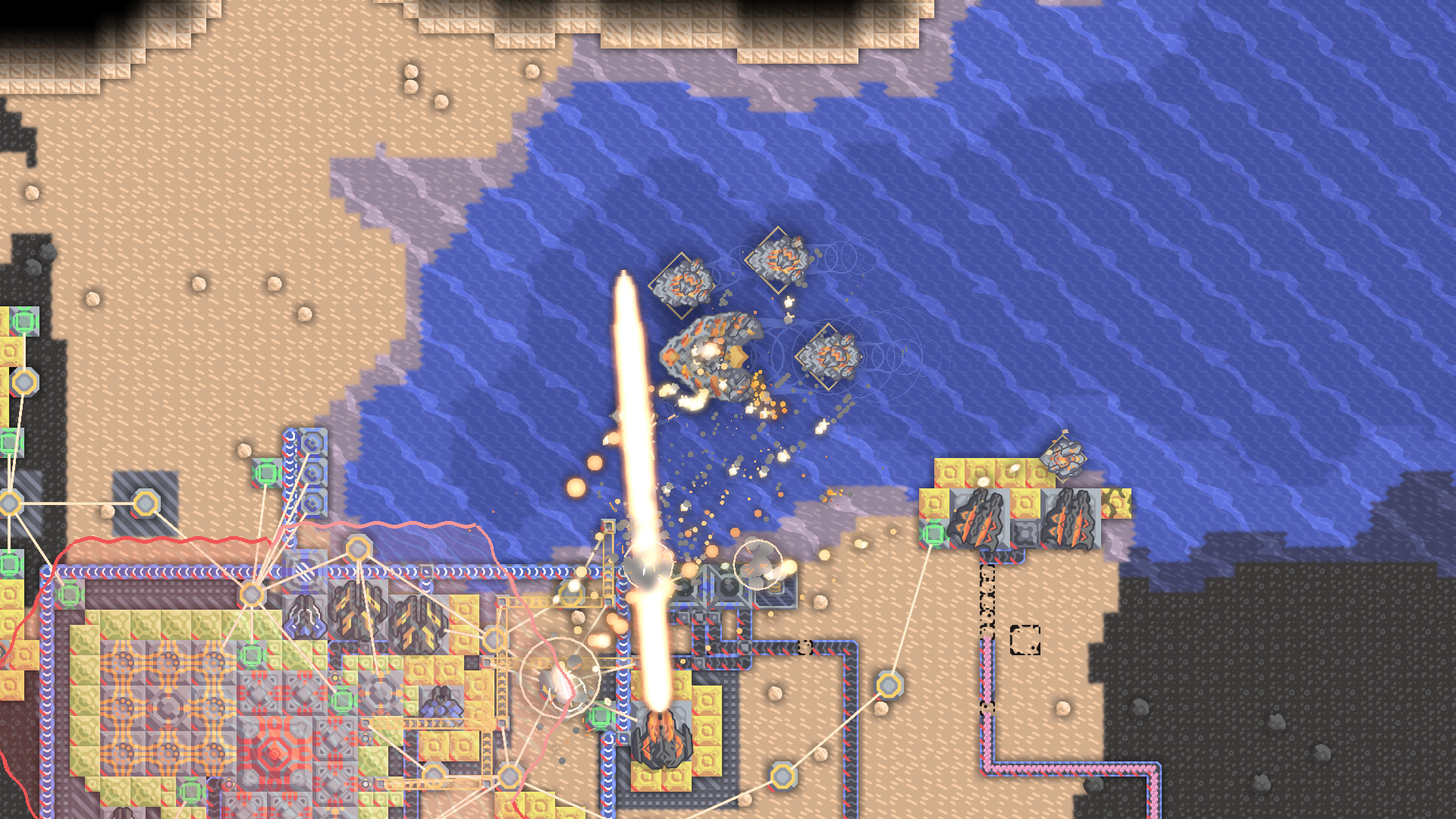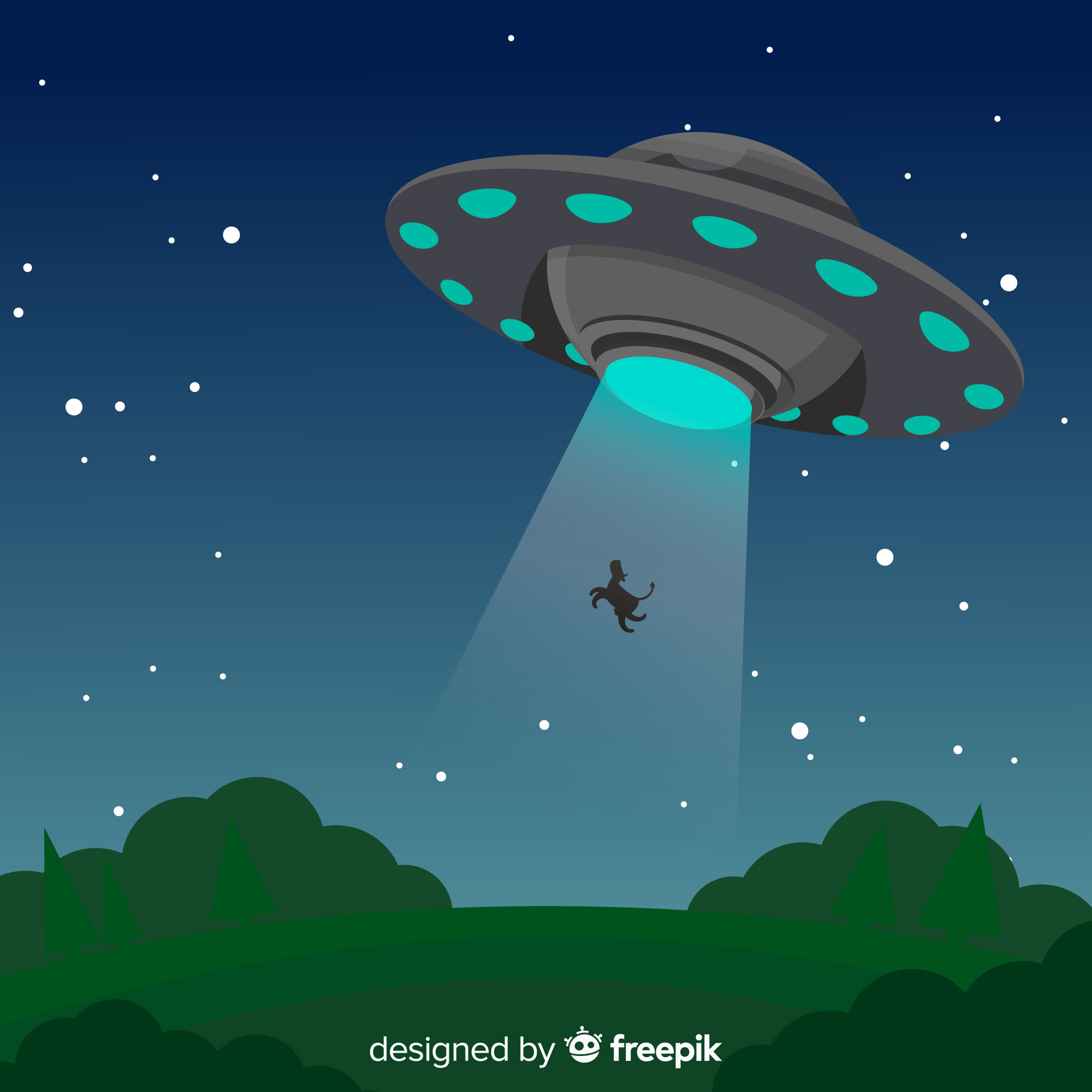Game Concept
Don’t Let Them Land
Working Title
Concept Statement
An alien menace threatens your home planet. Harvest their wreckage to grow stronger. Every second counts, and one wrong move spells doom. Don’t let your guard down. Don’t let them through. Don’t. Let. Them. Land.
Genre
Action Defence Shooter (alternatively Action Tower Defence)
Concept Creation
While most of my game ideas are way out of scope for this project, I did think that creating a single aspect of one of these larger ideas might work well. I originally landed on a card game inspired by Slay The Spire, but you play as a fleet of ships. I quickly realized that balancing this kind of game would ultimately take far too long, or it would need to be too simple to be fun. Scrapping this but wanting to stick to space, and I think inspired by the Point Effector in Unity, I decided that building a game around the gravity of a planet and shooting from that planet towards things in orbit would allow for some interesting gameplay, and it challenged what skills I already had in Unity. I toyed around with alternatives such as a trying to shoot through several planets using their gravity to hit a target (think planetary scale golf or, more appropriately, the Voyager missions with gravity assistance) or a platforming game where you jump between different-sized planets with different gravity numbers to get to a goal. Ultimately, I settled on a defence game where you need to defend a planet from enemies using your weapons and by building upgrades (towers, shields).
After thinking about it for a bit, the game became a mashup of Space Invaders meets tower defence. The tower defence part came from the idea that getting around the planet takes time (not real-time scale, but still a while relative to the mission) and trying to prevent anything from landing encourages this process. While there aren’t many examples of action tower defence games, there are notable ones. The Orcs Must Die series, Sanctum and Dungeon Defenders are the most common examples, but they are all 3D games. My favourite example that is 2D is Mindustry (Figure 1), but also games like Factorio and Vectorio fit into this concept. While my game won’t have the same level of depth as these, particularly in the resource management department, it takes inspiration from these titles while coming at it from an entirely different perspective.
I'm a programmer more than an artist, so the assets had to remain simple and easy to work with. This also means putting in a lot more work in areas I do excel in. This should allow for more options in terms of upgrades that have meaningful gameplay value but lack visual changes. I'm confident in my C# and Unity work, so I'm confident I can get the systems working that I need for the features I have planned.
Target Audience and Competitive Analysis
The goal is to attract people who love moment-to-moment action shooting but also harbour a love for strategic depth. Juggling themselves between different decisions, any of which might result in a lost game. Gamers who love fast-paced strategy games like MOBA or even RTS games might love the blend of technical precision and long-term strategic planning. Players from games like Factorio, Mindustry and other action-oriented tower defence games would also be a big target.
The advantage Don’t Let Them Land has is its unique perspective of the world. Rotating around a planet, trying to defend the entire surface, gives it a unique challenge while also dealing with the gravitational effects the planet has on your own and the enemies' weapons. This should help it stand out in an already sparse sub-genre of games.
The game is particularly targeted towards both casual and hardcore gamers with a good balance of easy to learn but hard to master mechanics. It should be able to be enjoyed by most gamers but is particularly focused on those who want fast gameplay that requires some strategic analysis. Little downtime should encourage people who would usually not enjoy tower defence games, and the strategic depth should invite people who would not otherwise enjoy ‘shoot-em-ups’.
Game Treatment
You are a robot stationed on a distant planet tasked with defending from would-be threats. After a brief tutorial mission practicing blasting asteroids, it seems your presence is noticed by a nearby alien armada hell bent on landing on your planet. “Don’t let them land” is hard-wired into your programming, and so armed with your trusty laser pistol you begin the impossible task of stopping an alien invasion. Alone. (Possibly alone, toying with the idea of local co-op). Your biggest obstacle, besides the aliens, is the planet itself. Getting around it and defending from other angles of attack is something you’ll spend a lot of time planning and preparing for. Luckily, sometimes the aliens you shoot down will crash-land on the planet in a good enough condition for you to salvage them. You have two choices. Salvage it for upgrade parts to upgrade you or the planet, or turn the aliens' weapons against them and create a turret to defend the planet from this angle. These choices will define your progress through your defence of the planet, but remember you can’t be everywhere at once.
Basic Features/Gameplay Loop:
- Shoot the aliens with the low-power but accurate laser pistol.
- Salvage crash-landed UFOs for upgrade materials or convert them to improve your defences.
- Upgrades include new weapon types such as a missile launcher, railgun and gatling gun.
- Upgrades also include improving character speed, damage and health and building and upgrading a defensive shield around the planet.
- Turret types are based on the enemy type that crash-landed with a basic cannon shooter to start for the weaponless enemy. All other turrets are based on the enemy it spawned from.
- Enemy types consist of standard UFO-looking alien spacecraft:
- A non-weaponed style UFO who will simply try to abduct the player but cannot through shields. Instead, it will smash itself against the shield in an attempt to break it.
- a laser-firing UFO that will periodically fire a laser towards the planet, trying to harm the player and turrets. This laser is blocked by shields.
- a rocket-firing UFO that will fire rockets towards the player and turrets. Rockets will be affected by the gravity of the planet and blocked by shields.
- a EMF firing UFO that will attempt to disable the player or turrets. It is not blocked by shields.
- a gatling firing UFO that spews out projectiles to try to harm the player or turrets. Blocked by shields.
- A larger boss UFO will occasionally spawn at intervals to challenge the players' progress.
- This boss will act as a carrier and will spawn smaller craft until it is defeated.
- The player can die and will "rebuild" after a short period of time. There are no lives. The planet must be defended.
- As the name suggests, a single UFO landing ends the game, so turrets and upgrades become
- Nearby turrets of the same type combine together to form slightly bigger, stronger turrets (so as to not overcrowd the surface too much). “Nearby” gets bigger as the turrets get stronger.
- The difficulty comes in defending from multiple sides, which becomes more important the further into the game you go as enemies continue to grow stronger as you do.
- So it will be a constant struggle between the increasingly difficult alien armada and your defences
- Survival time will act as a score to compare your gameplay to others.
- If a UFO finds it has nothing to target, it will attempt to land. It will not cancel the landing once initiated, which gives players consistency and potentially something to use against the enemy.
- The gravity of the planet will affect some of the weapon types. Notably, the cannon on the basic turret, all rockets and missiles (although missiles have steering), gatling projectiles and the crash-landing of the UFOs, which won’t harm the turrets but’ll look cooler.
- The game will come with a main menu, settings, and leaderboards and will be easily replayable after a game
Other features that might make it in depending on progress. These include:
- Local co-op multiplayer
- Controller support
- Other planet types (initial planet is designed to be incredibly basic, but size, terrain, atmosphere and gravity can all be changed for other planet types)
- More enemies, turrets and weapons
- Alternative character choices (The robot is kind of iconic, though. See below)

Assets used in making mock-up:
- Alien UFO Pack - https://kenney.nl/assets/alien-ufo-pack
- Toon Characters 1 - https://kenney.nl/assets/toon-characters-1
- Planets - https://kenney.nl/assets/planets
- Background - https://www.freepik.com/free-vector/pixel-rain-abstract-background_6072166.htm#f...
Game Inspiration:
- Orcs Must Die! - https://store.steampowered.com/app/102600/Orcs_Must_Die/
- Sanctum - https://store.steampowered.com/app/91600/Sanctum/
- Dungeon Defenders - https://store.steampowered.com/app/65800/Dungeon_Defenders/
- Factorio - https://store.steampowered.com/app/427520/Factorio/
- Vectorio - https://store.steampowered.com/app/2082350/Vectorio/
- Mindustry - https://store.steampowered.com/app/1127400/Mindustry/
- Dome Keeper - https://store.steampowered.com/app/1637320/Dome_Keeper/
- Space Pirates and Zombies - https://store.steampowered.com/app/107200/Space_Pirates_and_Zombies/
- Probably many others I can't think of
Don't Let Them Land
Make sure nothing lands on YOUR planet
More posts
- 1.2 - Balance and Bug Hunt (Week 13)Jun 01, 2025
- Don't Let Them Land - Documentation + User GuideJun 01, 2025
- 0.5.0 - Polish (Week 12)May 26, 2025
- 0.4.0 - Presentation (Week 11)May 18, 2025
- 0.3.0 - Enemies (Week 10)May 10, 2025
- 0.2.0 - Basic Level Blocking (Week 9)May 03, 2025
- 0.1.0 - Player Movement (Week 8)Apr 27, 2025


Comments
Log in with itch.io to leave a comment.
Overall a nicely put together concept statement for a unique sounding tower defense game. As someone who struggles to get in to tower defence, the hook of having to defend an entire planet and the environment topology of that (e.g. a round surface) makes it sound interesting at least (albeit likely a source of considerable difficulty).
Tower defence games in this unit often struggle from scope creep, and the list of features in your game treatment point to that potentially being a problem here too. Without even considering the list of stretch goals, there is a bunch of work to do be done in terms of the different enemy types, implementing upgrade systems, and balancing the game. A big time-sink you can expect as well is developing a UI for managing towers, and generally this will be difficult to then write controller support for (I haven't played a tower defense with a controller, but they're fairly rare given that unit selection is clunky with a controller).
Given that scope could be an issue here, I encourage you to prioritise things that are core to your game being fun (I think particularly lean in on your unique planet/space-based ideas and the aspects where gravity is involved). Consider going through the game modelling process taught in the lectures to work out what features are more feasible than others.
Scope issues aside, this sounds like a fun tower defence game, looking forward to seeing how it goes!